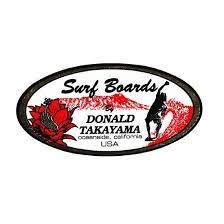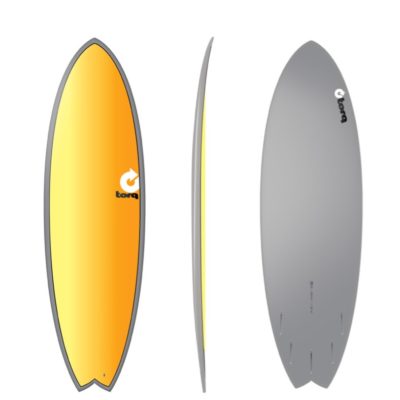Description
6’4 Takayama Scorpion 2 – Tuflite V-Tech – FCS II – 4 + 1 – Blue
Small but mighty, don’t underestimate the power of the Scorpion 2. Donald wanted to make a wider tail, narrower nose, and more rounded out version of the popular Scorpion model. This allows the surfer to go a little shorter in board length and can sport multiple fin combinations.
This board excels in small California style surf to well overhead island style barrels. It’s a very fast paddler with easy tail control and the Tuflite construction gives it unparalleled durability.
The Scorpion 2 Tuflite V-Tech is a must have for every surf quiver!
| Dimensions | Volume |
| 5’10 x 21” x 2.6” | 38.0 ltr |
| 6’4 x 21.4” x 2.7” | 43.0 ltr |
| 6’10 x 22” x 2.8” | 49.0 ltr |
| 7’4 x 22.4” x 2.9” | 52.0 ltr |
Tuflite V-Tech
Tuflite V-Tech is Surftech’s game-changing molded technology reimagined for increased performance.
- FUSED CELL EPS CORE // Closed-cell EPS core provides more response + flotation
- GREENPOXY® RESIN // The latest innovations in bio-based epoxy chemistry
- 2X LAYERS FIBERGLASS // E-glass has the highest strength to weight ratio available
- MICRO-SANDWICH VENEER // Wood Veneer creates natural flex + adds break strength
- COMPOSITE T-STRINGER(S) // T-Stringers add power distribution + adds break strength
- CARBON STRINGER // Distributes power + protects from dings + adds break strength
- REINFORCED RAILS // Fiberglass reinforced rails enhance performance + durability
- EXCLUSIVE SANDWICH TECHNOLOGY // Surftech Tuflite boards are molded with exclusive methods
Legendary Surf Pioneer and Shaper: Donald Takayama
Donald Takayama’s legacy is a combination of the world’s best boards, best surfers, and best waves, making his boards some of the most sought-after in the surfing world. Takayama was famous for his progressive designs that combined both traditional and high-performance aspects into every board made. As a result, the best surfers chose his boards to bring their surfing to the next level. Donald Takayama and Surftech worked together for over 20 years before his passing, with a relationship built on trust and a commitment to producing quality products that complement the designs he so passionately created.





